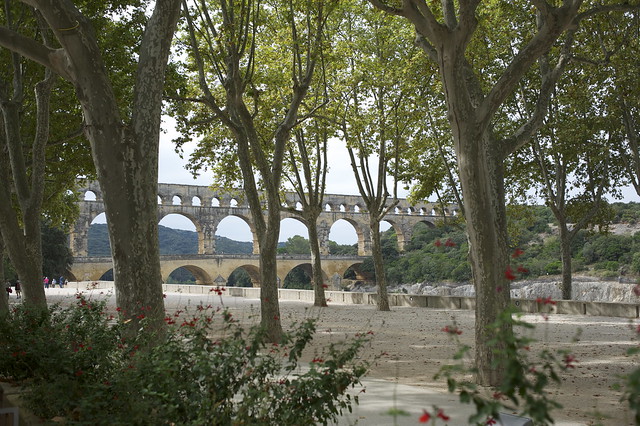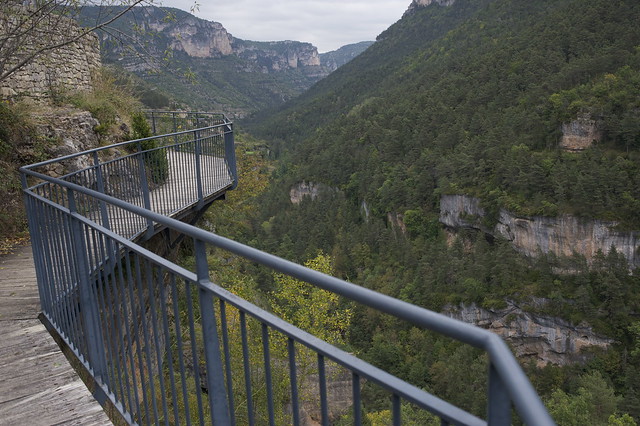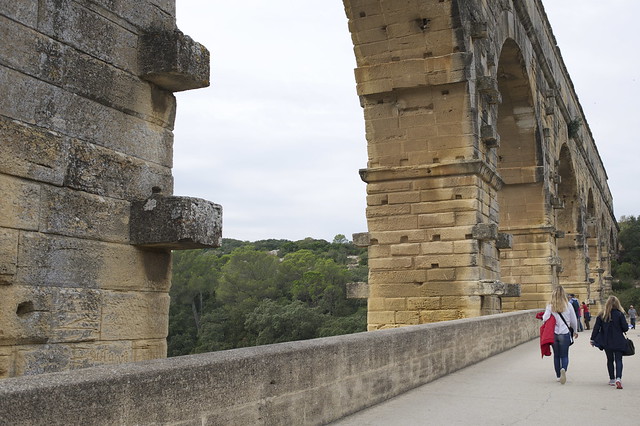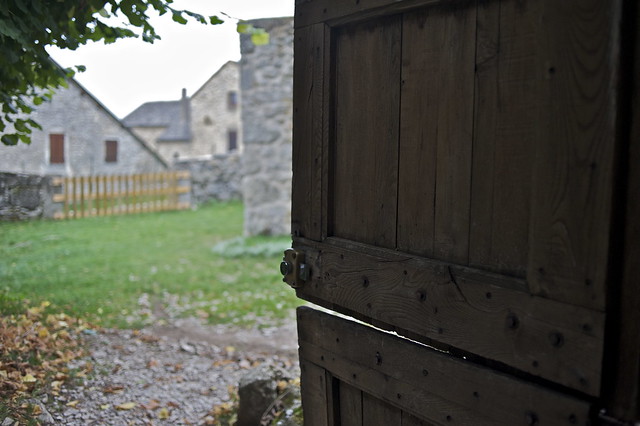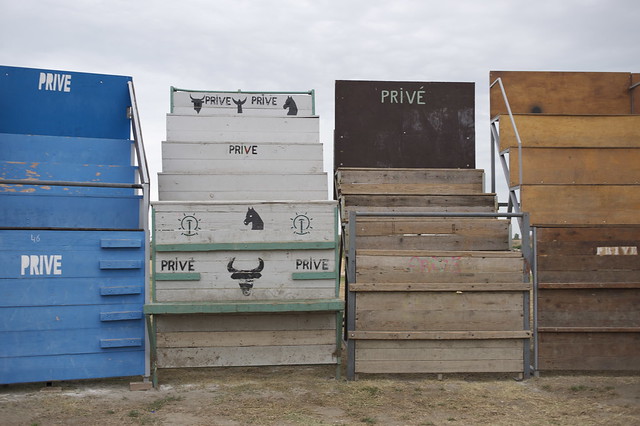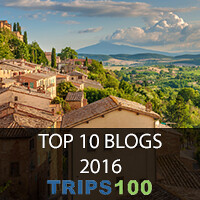The culture? Mostly ancient, a lot of it Roman or even prehistoric. The vulture? Reintroduced species of these majestic birds soaring from craggy cliffs high above the River Tarn. If you like your natural history served with a heaping dose of ancient tradition (not to mention some fantastic wine), then Languedoc-Roussillon in the south of France is for you. I certainly had a splendid time riding around the region on a recent tour of UNESCO World Heritage sites.
Here are a few highlights from my trip. Keep an eye out for more content coming soon about Languedoc-Roussillon.
Absolutely Gorges
I fell in love with Causses and the Cévennes, an area of outstanding and dramatic beauty which was granted World Heritage status for its “Mediterranean agro-pastoral cultural landscape”. I was especially taken by the beautiful Gorges du Tarn. A great place to view the scenic gorge was Maison des Vautours (House of the Vultures). At this cliff side outpost, I learned about the four reintroduced species of vultures in the area – and got to see some of them for myself! Did you know there’s a bird (the bearded vulture) that only eats bones? Fascinating stuff!
Rambling up, down and all round the Cévennes – in a car not a donkey as Robert Louis Stevenson had written about his in 1879 book – with its stunning panoramic vistas at times had me feeling more like I was in the southwestern United States than southwestern France. A fantastic lunch (maybe the best during my visit) at the riverside Grand Hotel de la Muse et le Rozier brought my sense back to where I actually was, delicious France! L’escargots in an artichoke and garlic sauce, slow cooked venison with black trumpet mushrooms, duck confit, a fantastic selection of local wines … and all with mountainside and river views!
Delving Deeper
A couple of other spots in the Causses and the Cévennes well worth a mention included the
charming Ferme Caussenard d’Autrefois and the otherworldly cavern Aven Armand. Down on la ferme, I had a chance to go back in time and discover what farming was like from prehistoric times up until the 1950s. Aven Armand – the most visited site in this sleepy part of France and home to the highest concentration of stalagmites in the world – wowed.
Making a Pont
The Pont du Gard was probably the most well known of the UNESCO sites I visited. This completely restored Roman aqueduct – the highest those crafty Romans (and their slaves) ever built – certainly left an impression, and I could see why a million and a half folks pass across it each year. An outdoor lunch onsite at the Terraces restaurant yielded another fine meal, this one with an epic view.
Logis-tics
During my time in Languedoc-Roussillon, I stayed three nights at three different hotels: l’Hotel de la Paix in Lodève, Hotel Family in Meyrueis, and the Mas des Sables just outside of Aigues-Mortes. Offering fairly basic and affordable accommodation – each was a member of the Logis network of hotels, and each was impeccably clean and welcoming.
Although I didn’t stay there, I had dinner one night at another Logis hotel, the Hôtel du Mont Aigoual in Meyrueis. Head chef Daniel Lagrange worked delectable wonders with local ingredients for his menu of regional cuisine. My trout came from the river across the street and was a treat!
More S’il Vous Plaît
I did not get enough of the sunny Sud de France and crave a repeat!. There’s so much more I could write about (and intend to – so stay tuned!) In particular, I was intrigued by the town Uzès near the Pont du Gard and home to a 15 hectare truffle plantation, the sleepy village of St Gilles with its evocative Romanesque church, and the walled city of Aiges-Mortes where folks were preparing for its annual running of the bulls festival as I was heading back to nearby Montpellier-Méditerranée Airport for my short Easyjet return flight to Gatwick. Ah well, next time?
Find out more at destinationsuddefrance.com.

